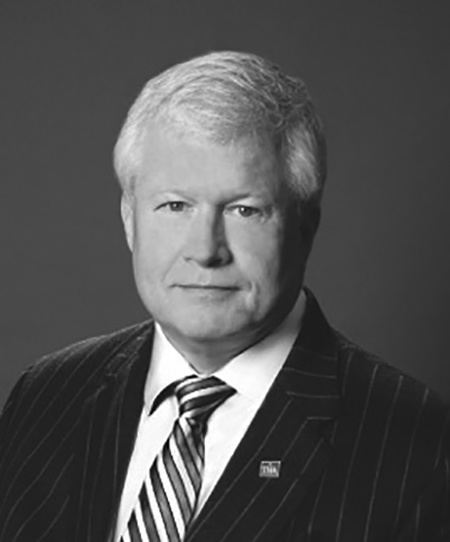 By Ted Shaw, President/CEO, Texas Hospital Association
By Ted Shaw, President/CEO, Texas Hospital Association
Beyond the changes to our day to day lives, the COVID-19 pandemic has triggered a reckoning throughout the country’s health care infrastructure. The pandemic has upended who can access care and how it’s delivered and paid for. Millions are newly uninsured, while others are choosing to delay necessary care. With COVID-19 impacting people of color at alarmingly disproportionate rates, health disparities and the social determinants of health are in full view. And the scaling up and down of our health care workforce speaks to the instability in the health care system.
Through this all, our state and federal partners have helped tremendously with emergency relief funding, regulatory flexibility, access to needed supplies and more. But the pandemic is far from over, and there still is more work to be done. Our nation’s health care issues are too important to leave unresolved, making 2020 a critical election year.
Texas’ 1.2 million health care workers need to make their collective voice heard in the November general election. The individuals we elect will make policy decisions that will shape the future of health care in the U.S. and in Texas.
In addition to the race for the Oval Office, several of Texas’ Congressional races have garnered national attention. The race to replace retiring U.S. Rep. Will Hurd of Helotes will be an important one for the GOP. In addition to the open seat made by U.S. Rep. Kenny Marchant of Coppell, politicos also are watching to see who will fill the seat vacated by U.S. Rep. Pete Olson of Sugar Land. All three of those seats currently held by the GOP have a likelihood of moving into the Democrat column.
The 2020 election cycle also is competitive in the Texas House of Representatives. The Democrats only need nine more seats to take control of the Texas House, a majority they have not held in 20 years. The majority party will have a leg up in electing the new House Speaker and controlling the appointment of committee chairs and the flow of House business when the Texas Legislature convenes in January.
How all of the races will shake out remains to be seen, but one thing is certain: Texas needs leaders who will build on industry successes and prioritize policies to improve the overall health of our state. The political engagement of the Houston-area health care workforce is critical to achieve that goal.
Health care providers and organizations should join Texas hospitals in engaging staff about the election. Sharing information and resources to ensure everyone is registered to vote by Texas’ Oct. 5 deadline is an important first step. Encourage staff to also learn about the candidates and key races in your area. Since Texas no longer has straight-ticket voting, health care workers will need to vote past the top of the ballot.
Because Texas has narrow criteria to vote by mail, early voting in person is a very good option. Remind staff that in-person, early voting has been extended by six days and runs Oct. 13 through Oct. 30. It’s the best way to avoid large groups of people and maximize social distancing.
The pandemic has upended longstanding assumptions about how Americans think of health care and the people and organizations that provide it. For better or worse, the landscape likely will continue to shift. We have an important role in choosing who makes health care decisions, and now more than ever, we need to be heard. Join me in getting ready for and getting involved in the November general election.


